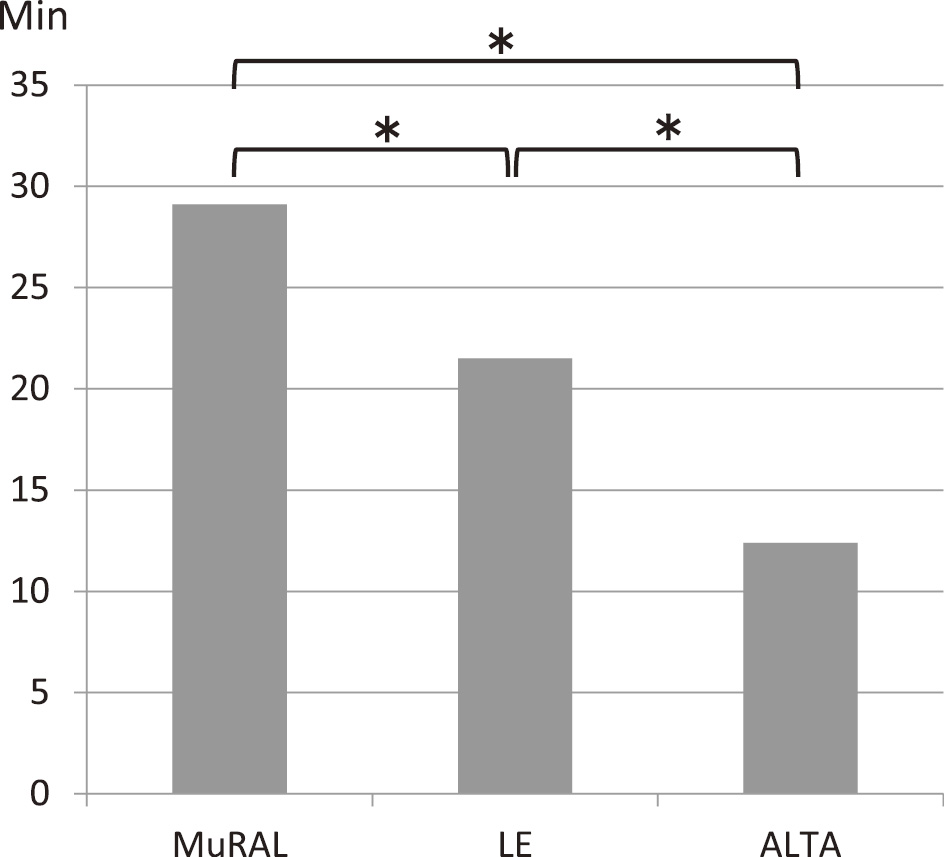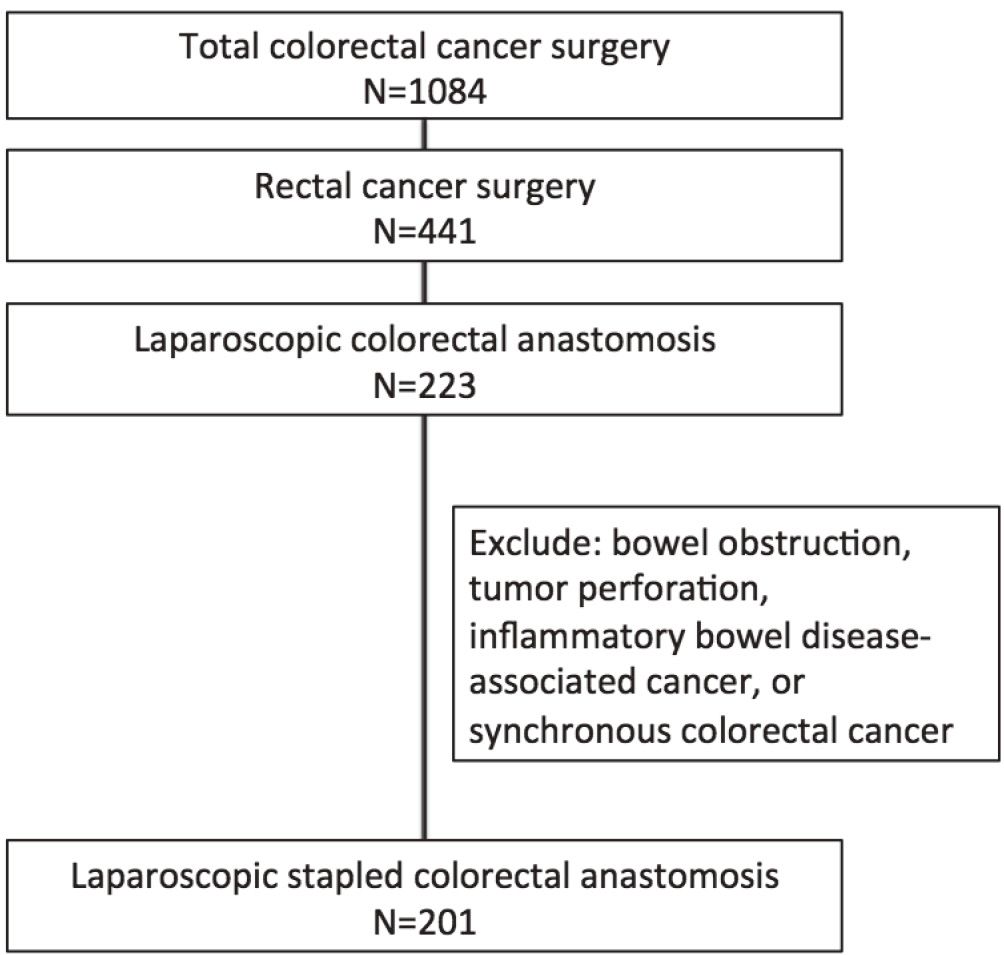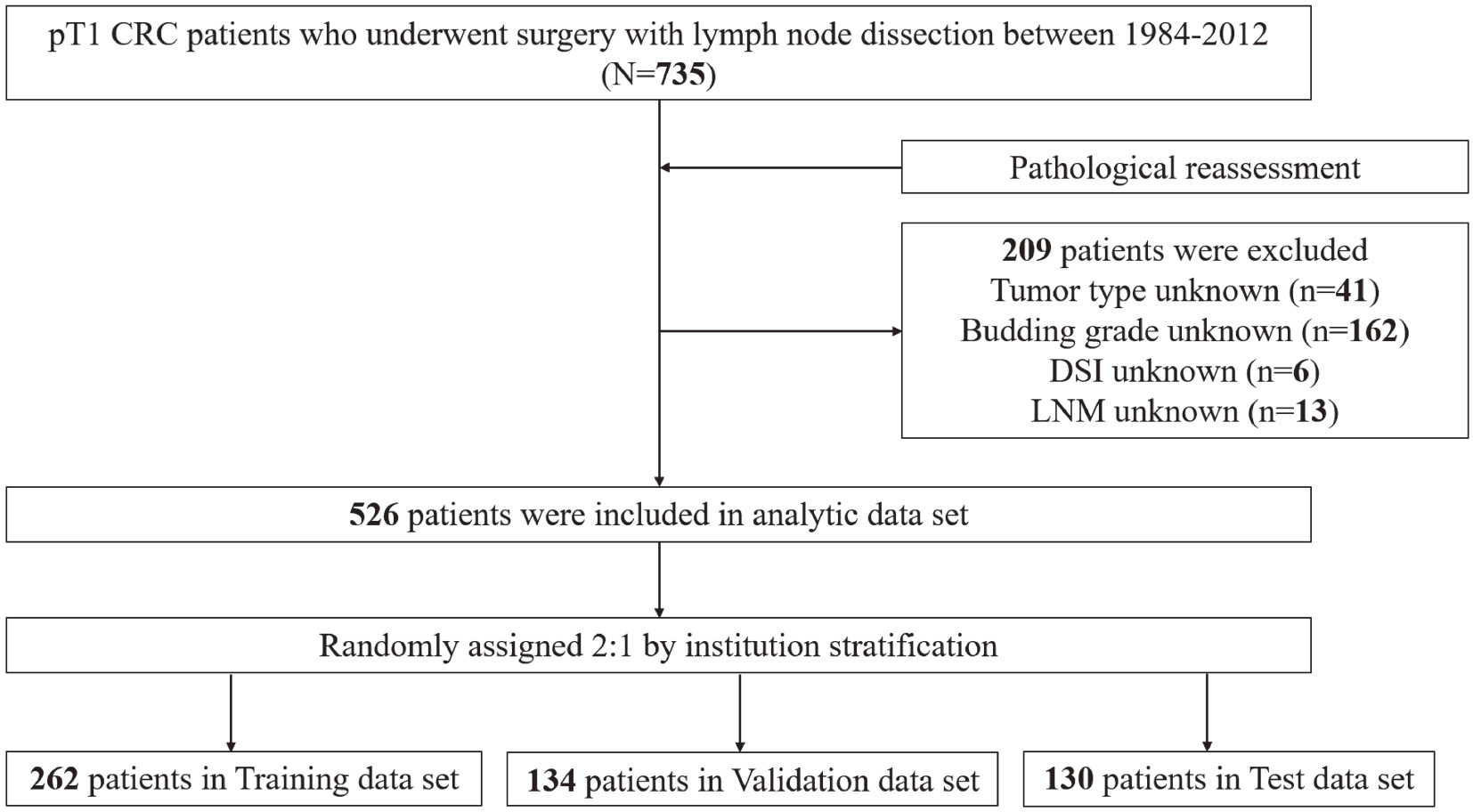Volume 6, Issue 3
Displaying 1-8 of 8 articles from this issue
- |<
- <
- 1
- >
- >|
Review Article
-
2022 Volume 6 Issue 3 Pages 143-149
Published: July 28, 2022
Released on J-STAGE: July 28, 2022
Download PDF (679K) -
2022 Volume 6 Issue 3 Pages 150-158
Published: July 28, 2022
Released on J-STAGE: July 28, 2022
Download PDF (619K)
Original Research Article
-
2022 Volume 6 Issue 3 Pages 159-167
Published: July 28, 2022
Released on J-STAGE: July 28, 2022
Download PDF (206K) -
2022 Volume 6 Issue 3 Pages 168-173
Published: July 28, 2022
Released on J-STAGE: July 28, 2022
Download PDF (347K) -
2022 Volume 6 Issue 3 Pages 174-180
Published: July 28, 2022
Released on J-STAGE: July 28, 2022
Download PDF (964K) -
2022 Volume 6 Issue 3 Pages 181-189
Published: July 28, 2022
Released on J-STAGE: July 28, 2022
Download PDF (757K)
Case Report
-
2022 Volume 6 Issue 3 Pages 190-194
Published: July 28, 2022
Released on J-STAGE: July 28, 2022
Download PDF (1158K)
Erratum
-
2022 Volume 6 Issue 3 Pages 195
Published: July 28, 2022
Released on J-STAGE: July 28, 2022
Download PDF (98K)
- |<
- <
- 1
- >
- >|







